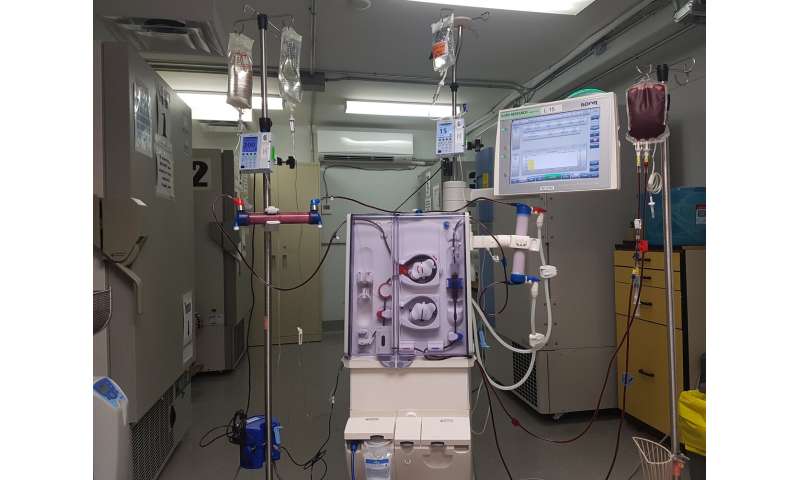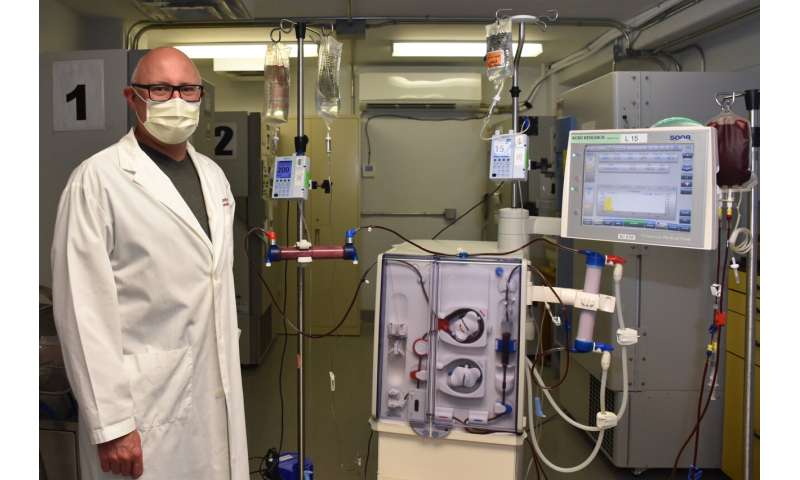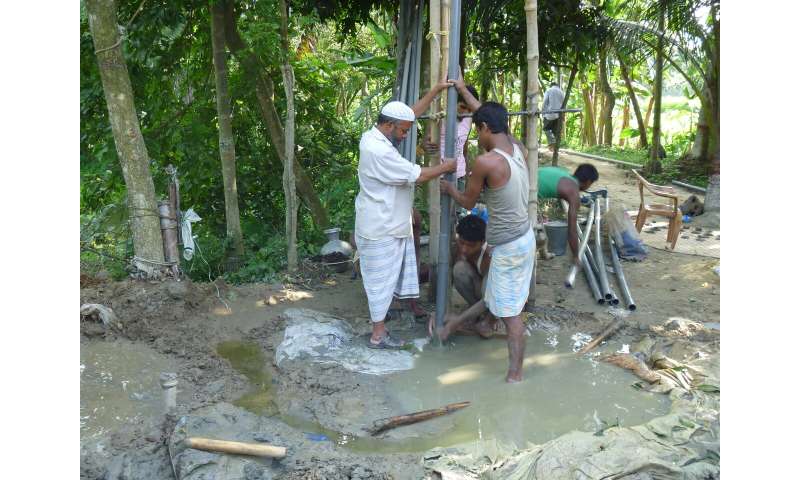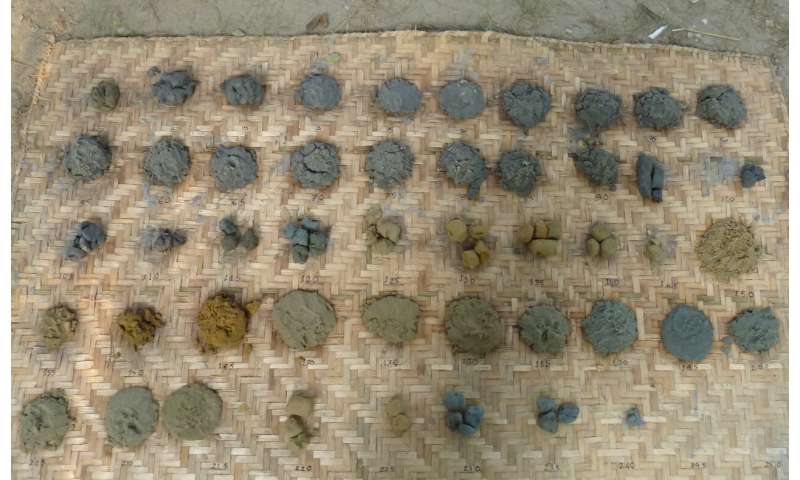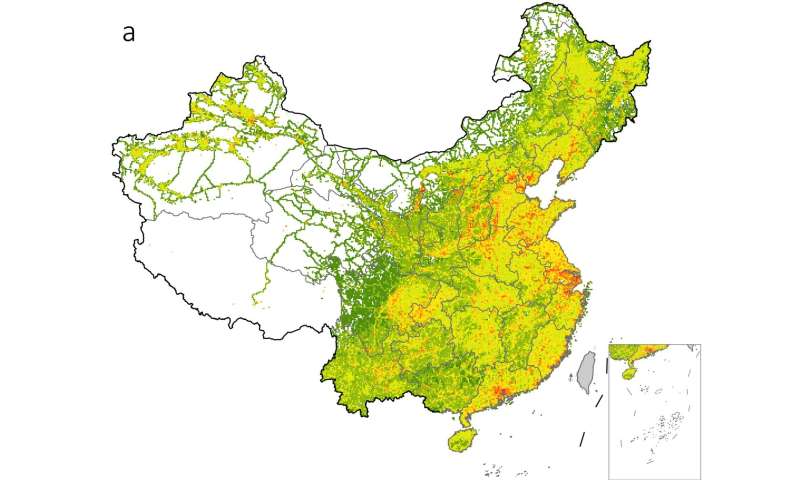MAY 7, 2020
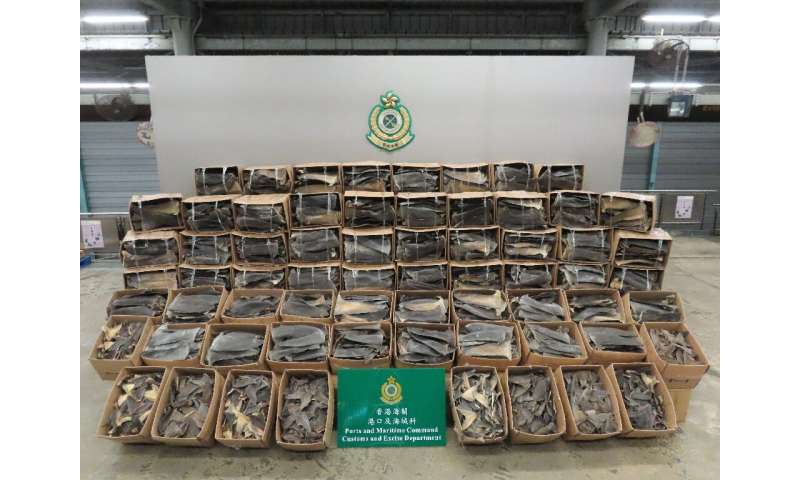
A record 26 tonnes of shark fin were seized by customs officers in Hong Kong
Hong Kong has seized 26 tonnes of smuggled shark fins, sliced from some 38,500 endangered animals, in the largest bust of its kind in the southern Chinese city.
The record haul was discovered in two containers from Ecuador, and highlights the continued demand for shark fin, which is served at wedding banquets in many Chinese communities.
The city's customs department unveiled the haul on Wednesday and said it smashed previous records.
"Each consignment consisting of 13 tonnes broke the previous record seizure of 3.8 tonnes of controlled shark fins made in 2019," customs official Danny Cheung told reporters.
Most of the fins came from thresher and silky sharks, both endangered species. A 57-year-old man was arrested but has been released on bail pending further enquiries.
Some of the ocean's most vital apex predators, shark populations have been decimated over the last few decades with finning and industrial long line fishing the main culprits.
Fishing fleets often cut the fin from the shark and then and throw the fatally maimed animal back in the sea to maximise profit.
The dried fins sell for considerable sums and are usually served in a glutinous soup at banquets.
The sale and consumption of shark fin is not illegal in Hong Kong, but must be licensed.
Years of campaigning by environmentalists and celebrities like Chinese basketball star Yao Ming have led to the dish becoming less fashionable among younger consumers in China, Macau, Hong Kong and Taiwan.
But it remains stubbornly popular among older generations and many prominent hotels and restaurants still offer it.
A 2018 survey by the World Wildlife Fund (WWF) found seven out of 10 Hong Kongers had eaten shark fin that year.
"There is still strong cultural value placed on consuming shark fin, particularly at weddings, business events and family gatherings like the upcoming Mother's Day," senior conservation officer Gloria Lai Pui-yin told AFP.
Some restaurants and hotels had signed WWF's "no shark fin" pledge but many continued to offer the dish, she added.
Wild Aid estimates some 73 million sharks are killed every year for the trade.
Their research says consumption has dropped significantly on the Chinese mainland but there is growing appetite for the dish in Thailand, Vietnam and Indonesia.
With its busy port and international connections, Hong Kong has long been a major trafficking route for wildlife and drug smugglers.
Importing endangered species without a licence is illegal and carries a maximum penalty of 10 years in jail and a HK$10 million ($1.3 million)
Hong Kong has seized 26 tonnes of smuggled shark fins, sliced from some 38,500 endangered animals, in the largest bust of its kind in the southern Chinese city.
The record haul was discovered in two containers from Ecuador, and highlights the continued demand for shark fin, which is served at wedding banquets in many Chinese communities.
The city's customs department unveiled the haul on Wednesday and said it smashed previous records.
"Each consignment consisting of 13 tonnes broke the previous record seizure of 3.8 tonnes of controlled shark fins made in 2019," customs official Danny Cheung told reporters.
Most of the fins came from thresher and silky sharks, both endangered species. A 57-year-old man was arrested but has been released on bail pending further enquiries.
Some of the ocean's most vital apex predators, shark populations have been decimated over the last few decades with finning and industrial long line fishing the main culprits.
Fishing fleets often cut the fin from the shark and then and throw the fatally maimed animal back in the sea to maximise profit.
The dried fins sell for considerable sums and are usually served in a glutinous soup at banquets.
The sale and consumption of shark fin is not illegal in Hong Kong, but must be licensed.
Years of campaigning by environmentalists and celebrities like Chinese basketball star Yao Ming have led to the dish becoming less fashionable among younger consumers in China, Macau, Hong Kong and Taiwan.
But it remains stubbornly popular among older generations and many prominent hotels and restaurants still offer it.
A 2018 survey by the World Wildlife Fund (WWF) found seven out of 10 Hong Kongers had eaten shark fin that year.
"There is still strong cultural value placed on consuming shark fin, particularly at weddings, business events and family gatherings like the upcoming Mother's Day," senior conservation officer Gloria Lai Pui-yin told AFP.
Some restaurants and hotels had signed WWF's "no shark fin" pledge but many continued to offer the dish, she added.
Wild Aid estimates some 73 million sharks are killed every year for the trade.
Their research says consumption has dropped significantly on the Chinese mainland but there is growing appetite for the dish in Thailand, Vietnam and Indonesia.
With its busy port and international connections, Hong Kong has long been a major trafficking route for wildlife and drug smugglers.
Importing endangered species without a licence is illegal and carries a maximum penalty of 10 years in jail and a HK$10 million ($1.3 million)
© 2020 AFP


